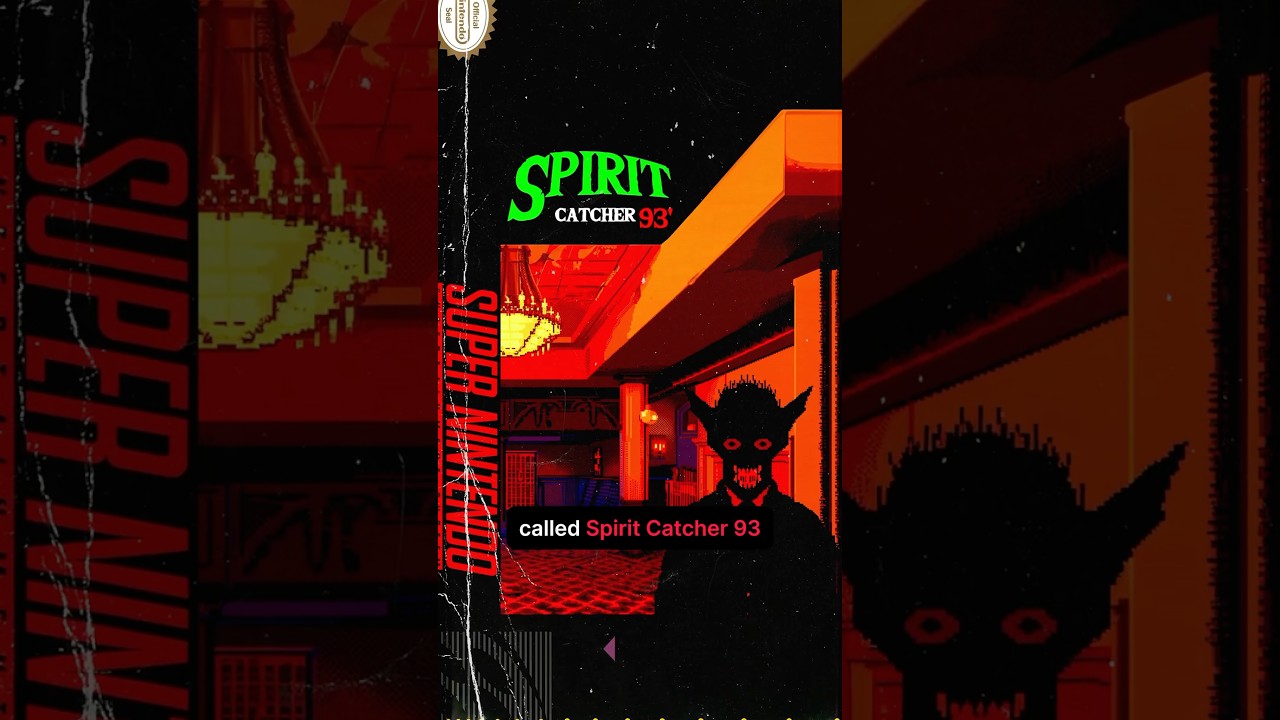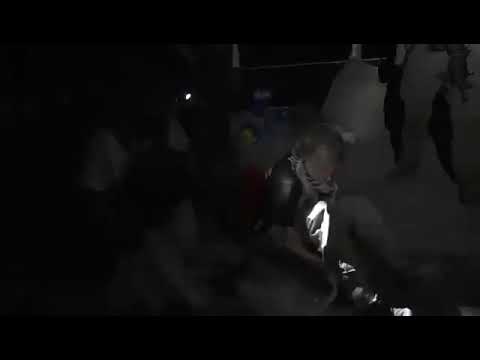The gaming world has long been a breeding ground for urban legends and unsettling mysteries, but few have captured imaginations and fueled speculation quite like Spirit Catcher 93. Dubbed by many as the “most disturbing game mystery ever,” this elusive title has left players and investigators puzzled for decades.
The Origins of Spirit Catcher 93
The story begins in the early 1990s, a golden age for experimental PC games. According to fragmented accounts, Spirit Catcher 93 was a shareware game distributed through bulletin board systems (BBS) and floppy disks. Its creator remains unknown, with no developer or company credited in the game files. This anonymity only adds to the intrigue surrounding the title.
The game reportedly starts innocuously, presenting itself as a puzzle-adventure game with retro pixel art. Players are tasked with navigating eerie environments, solving riddles, and interacting with shadowy, humanoid figures. However, it quickly becomes apparent that Spirit Catcher 93 is no ordinary game.
The Gameplay: A Descent into Madness
At first glance, Spirit Catcher 93 appears harmless. Early levels involve simple puzzles and atmospheric, albeit unsettling, music. But as players progress, the game takes a darker turn.
- Unsettling Messages: Players reported encountering cryptic, distorted text in the game, often in a language resembling English but with nonsensical grammar. Phrases like “You see but do not feel” and “Home is hollow” appear randomly, adding to the eerie atmosphere.
- Audio Disturbances: The soundtrack incorporates unsettling audio, including distorted laughter, faint whispers, and static noises that seem to intensify with each level. Some claim the game emitted sounds even when the PC was muted.
- Unexpected Endings: The final level, which few players reportedly reached, allegedly breaks the fourth wall, referencing the player’s real-life details such as their name, location, or even past gaming behavior. How the game accessed such information remains a mystery, fueling speculation about its origins and intent.
Theories Behind the Mystery
The inexplicable nature of Spirit Catcher 93 has given rise to numerous theories:
- Psychological Experiment: Some believe the game was a covert psychological study designed to observe player reactions to fear and paranoia. The cryptic messages and unsettling sounds may have been intentional triggers.
- Malware Disguised as a Game: Others theorize that Spirit Catcher 93 was an early form of malware, using primitive hacking techniques to access user data and create the illusion of supernatural knowledge.
- A Rogue Developer’s Creation: It’s also possible that a rogue developer created the game as an avant-garde art project, aiming to unsettle and provoke thought among players.
Modern Investigations
Despite the game’s legendary status, finding a copy of Spirit Catcher 93 remains nearly impossible. No verified disk images or files have surfaced online, leading some to speculate whether the game ever existed at all. Enthusiasts and archivists have scoured retro gaming forums and old BBS archives, but the game’s code remains elusive.
In 2021, a Reddit user claimed to have unearthed fragments of the game on a forgotten floppy disk, but the files turned out to be corrupted. Another investigator attempted to recreate the game based on descriptions from alleged players, but the results lacked the haunting impact of the original.
The Legacy of Spirit Catcher 93
Spirit Catcher 93 represents more than just a game—it’s a testament to the power of mystery in gaming culture. Whether it was a sinister experiment, a misunderstood art piece, or an elaborate hoax, its legend endures. The lack of concrete evidence has only heightened its appeal, leaving fans to debate and imagine the unsettling possibilities.
For those fascinated by the blurred lines between technology and the supernatural, Spirit Catcher 93 is a chilling reminder of how little we truly understand about the games we play.




